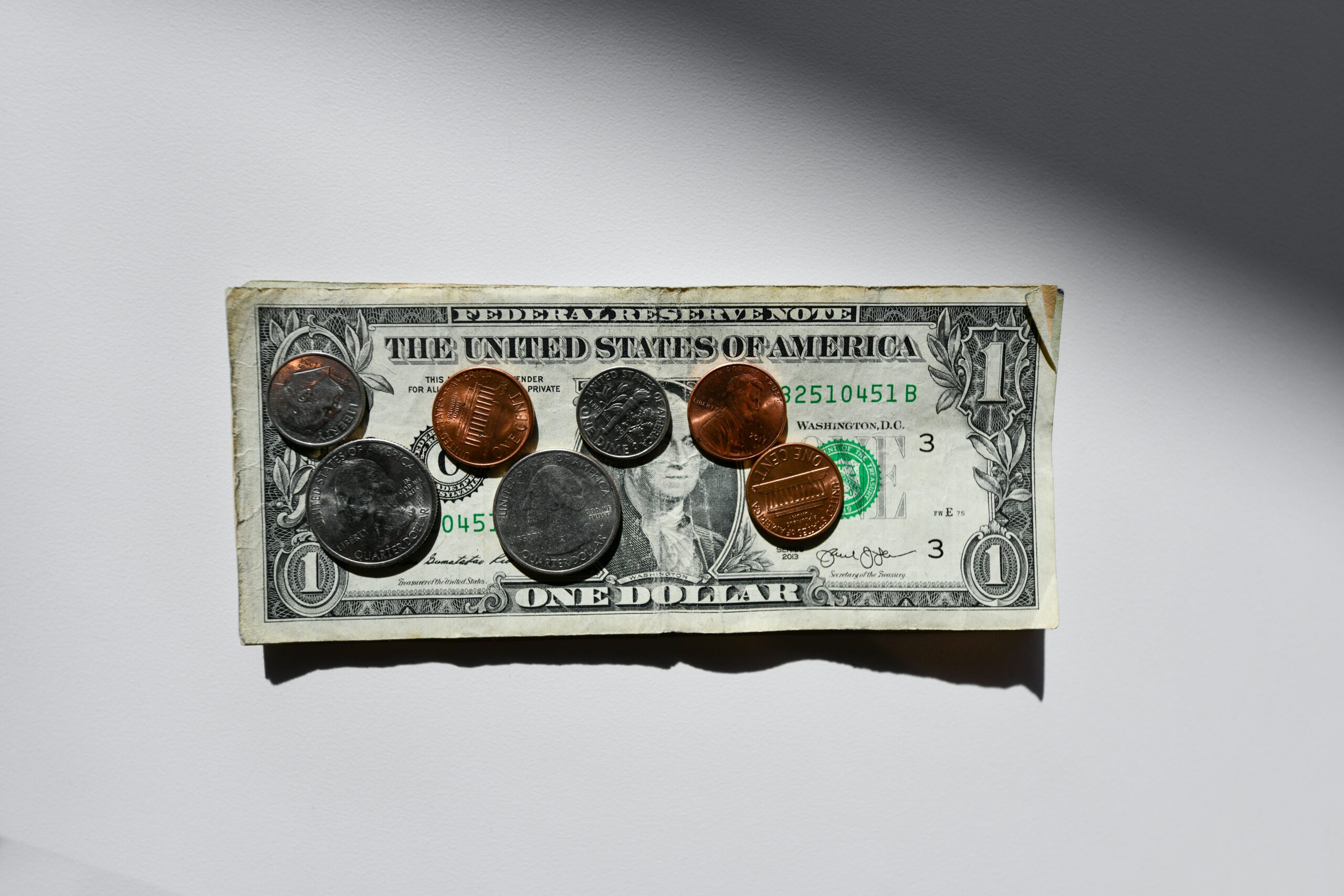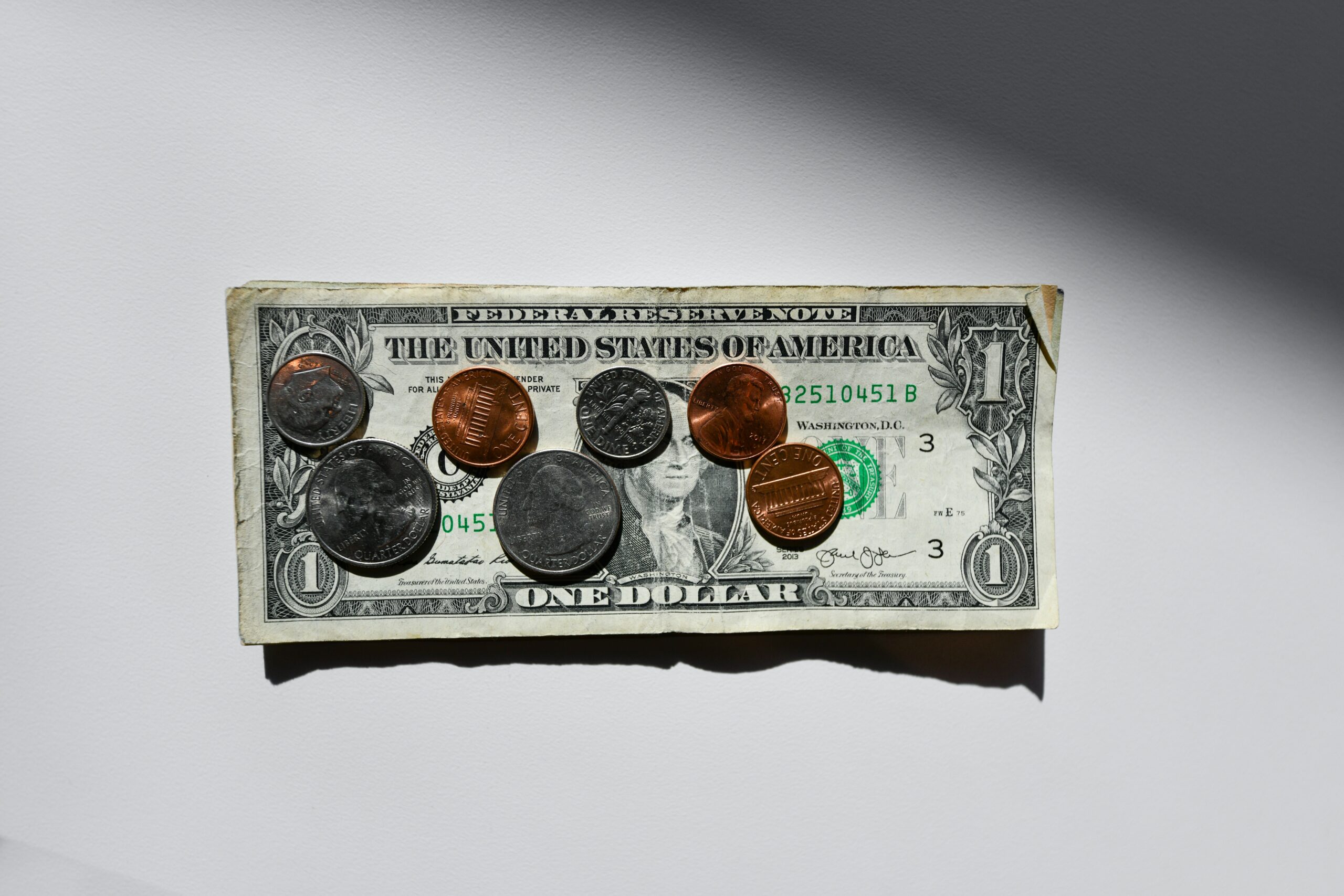How Payment Card Fraud Occurs
Payment card fraud is a serious issue that affects millions of people every year. Understanding how it occurs can help you protect yourself from falling victim to fraudulent transactions. There are several common methods that fraudsters use to carry out payment card fraud:
1. Card Skimming
Card skimming is a technique where fraudsters use a device to steal your card information when you use it at an ATM or a payment terminal. These devices, known as skimmers, are often placed discreetly on the card reader and can capture your card number, expiration date, and even your PIN.
Once the fraudsters have your card information, they can create counterfeit cards or use the stolen information to make unauthorized purchases.
2. Card-Not-Present Fraud
Card-not-present fraud occurs when someone uses your card information to make online or phone purchases without physically having the card in their possession. This type of fraud has become more prevalent with the rise of e-commerce.
Fraudsters can obtain your card information through various means, such as hacking into databases, phishing scams, or purchasing stolen card information on the dark web. They then use this information to make unauthorized transactions.
3. Account Takeover
Account takeover is a type of fraud where fraudsters gain unauthorized access to your online banking or credit card account. They do this by obtaining your login credentials through phishing emails, malware, or other hacking techniques.
Once they have access to your account, they can make unauthorized transactions, change your account information, or even open new accounts in your name.
4. Point-of-Sale (POS) Fraud
Point-of-sale (POS) fraud occurs when fraudsters tamper with the payment terminals at retail stores or restaurants to steal card information. They may install skimming devices or use software to capture card data during transactions.
This type of fraud can be difficult to detect as the compromised terminals often look identical to legitimate ones. Fraudsters can then use the stolen information to create counterfeit cards or make unauthorized purchases.
5. Phishing and Social Engineering
Phishing and social engineering are tactics used by fraudsters to trick individuals into revealing their card information or login credentials. They often send emails or messages that appear to be from legitimate organizations, asking for sensitive information such as card numbers, passwords, or social security numbers.
These fraudulent communications may contain links to fake websites that mimic the appearance of legitimate ones, further deceiving victims into providing their information. Once the fraudsters have this information, they can use it to carry out various types of payment card fraud.
6. Data Breaches
Data breaches occur when hackers gain unauthorized access to a company’s database containing customer information, including card details. These breaches can happen to any organization that stores customer data, such as retailers, financial institutions, or healthcare providers.
Once the hackers have obtained the card information, they can sell it on the dark web or use it to make fraudulent transactions. Data breaches can result in significant financial losses for both individuals and businesses.
It is important to stay vigilant and take steps to protect yourself from payment card fraud. This includes regularly monitoring your account statements, using strong and unique passwords, being cautious of suspicious emails or messages, and keeping your devices and software up to date with the latest security patches.
5. Inconsistencies in Billing Statements
Another warning sign of fraudulent transactions is inconsistencies in your billing statements. If you see discrepancies in the amount charged, the merchant name, or the date of the transaction, it could indicate that someone is using your payment card without your knowledge.
6. Multiple Failed Login Attempts
If you receive notifications or see a log of multiple failed login attempts on your online banking or credit card account, it could be a red flag for potential fraud. This could mean that someone is trying to gain unauthorized access to your account.
7. Unusual Account Activity
Keep an eye out for any unusual account activity, such as sudden and significant increases in your balance, frequent transfers to unfamiliar accounts, or unexpected changes in your credit limit. These could be signs that your account has been compromised.
8. Missing or Delayed Statements
If you regularly receive statements from your bank or credit card company and suddenly stop receiving them or experience significant delays, it could be a sign that someone has tampered with your account. Fraudsters may intercept your statements to hide their unauthorized transactions.
9. Unsolicited Offers or Requests for Personal Information
Be cautious of unsolicited offers or requests for personal information, such as your Social Security number, bank account details, or credit card information. Scammers often use these tactics to gather your sensitive information and commit fraud.
10. Suspicious Emails or Phone Calls
If you receive emails or phone calls asking for your account details, passwords, or other personal information, be wary. Legitimate financial institutions and credit card companies will never ask for this information through unsolicited communication. These could be phishing attempts by fraudsters trying to gain access to your account.
By being vigilant and aware of these warning signs, you can protect yourself from falling victim to fraudulent transactions and minimize the potential financial and personal damage. If you notice any of these signs, it is important to contact your bank or credit card company immediately to report the suspicious activity and take necessary steps to secure your account.
4. Identification of Identity Theft
Regularly monitoring your financial statements and credit reports can also help you identify instances of identity theft. Identity thieves may use your personal information to open new accounts or make unauthorized purchases. By reviewing your statements and reports, you can spot any unfamiliar accounts or transactions that may indicate someone else is using your identity.
5. Peace of Mind
Knowing that you are actively monitoring your financial statements and credit reports can provide you with peace of mind. You can rest assured that you are taking proactive steps to protect your financial well-being and minimize the risk of payment card fraud. This sense of security can help you focus on other important aspects of your life without constantly worrying about potential fraudulent activity.
6. Compliance with Regulations
Monitoring your financial statements and credit reports is not only important for your personal financial security but also for compliance with various regulations. Many financial institutions and credit card companies require customers to regularly review their statements and reports as part of their terms and conditions. By staying vigilant and fulfilling these obligations, you can ensure that you are meeting the necessary requirements set forth by these entities.
7. Financial Planning
Regularly reviewing your financial statements and credit reports can also help you with your financial planning. By understanding your spending habits, identifying areas of improvement, and detecting any fraudulent activity, you can make more informed decisions about your finances. This knowledge can help you budget effectively, save for future goals, and achieve greater financial stability.
8. Building Trust
Monitoring your financial statements and credit reports demonstrates your commitment to financial responsibility and integrity. It shows lenders, creditors, and other financial institutions that you are actively engaged in protecting your financial interests. This can help build trust and improve your credibility when applying for loans, mortgages, or other financial products in the future.
In conclusion, monitoring your financial statements and credit reports is a crucial practice for detecting and preventing payment card fraud. It allows for early detection, helps prevent further fraud, protects your credit score, identifies identity theft, provides peace of mind, ensures compliance with regulations, aids in financial planning, and builds trust. By making it a habit to regularly review these documents, you can safeguard your financial well-being and minimize the risk of falling victim to fraudulent activity.
Reporting Suspicious Transactions
If you suspect fraudulent activity on your payment card, it’s important to report it promptly to your financial institution and law enforcement. Here are step-by-step instructions on how to report suspicious transactions:
1. Contact Your Financial Institution
Call the customer service number provided by your financial institution and inform them about the suspected fraudulent transactions. They will guide you through the necessary steps to protect your account and investigate the matter. Be prepared to provide them with specific details about the transactions, such as the date, time, and amount.
2. Freeze Your Accounts
If you believe your payment card has been compromised, ask your financial institution to freeze your accounts temporarily. This will prevent any further unauthorized transactions while the investigation takes place. They will likely guide you through the process of freezing your accounts and may require you to provide additional information to verify your identity.
3. File a Police Report
Contact your local law enforcement agency and file a police report regarding the fraudulent transactions. Provide them with all the relevant details and any evidence you have, such as transaction records or notifications from your financial institution. The police report will be important for documenting the fraud and may be necessary for your financial institution to proceed with the investigation.
4. Report to the Appropriate Authorities
In addition to reporting the fraud to your financial institution and the police, consider reporting it to other relevant authorities, such as the Federal Trade Commission (FTC) or the Consumer Financial Protection Bureau (CFPB). These organizations can provide guidance and assistance in dealing with payment card fraud. They may also use the information you provide to track down and prosecute the perpetrators.
5. Monitor Your Accounts Closely
After reporting the fraud, continue to monitor your financial statements and credit reports closely for any further suspicious activity. Report any new unauthorized transactions to your financial institution immediately. It’s also a good idea to change your passwords and PINs for added security. Consider enrolling in any fraud alert or credit monitoring services offered by your financial institution to receive notifications of any unusual activity.
6. Be Proactive in Preventing Future Fraud
While dealing with the aftermath of payment card fraud can be stressful, it’s important to take steps to prevent future incidents. Regularly review your financial statements, keep your payment card information secure, and be cautious when providing your card details online or over the phone. If you suspect that your personal information has been compromised, consider placing a fraud alert or credit freeze on your credit reports to prevent unauthorized accounts from being opened in your name.
By following these steps and staying vigilant, you can protect yourself from payment card fraud and minimize the impact of any fraudulent activity on your accounts.




